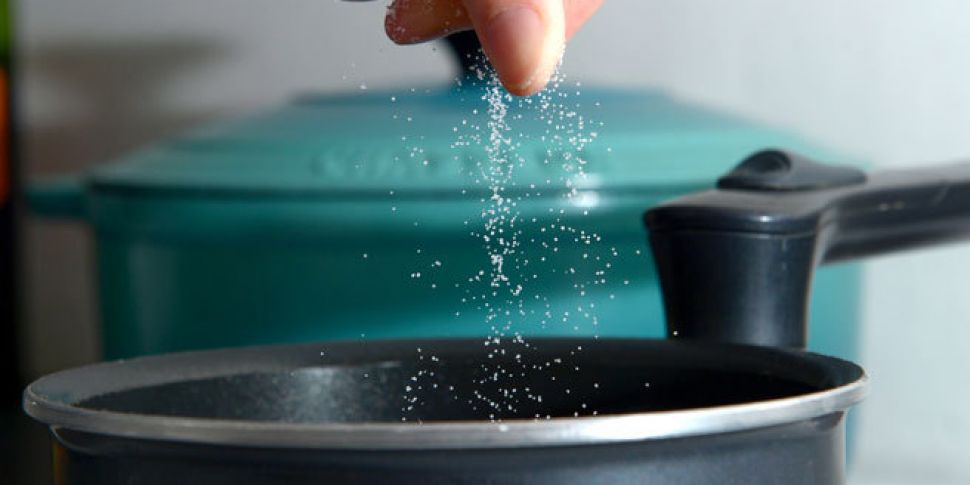The Food Safety Authority of Ireland (FSAI) says the average salt intake of consumers still exceeds the recommended daily dose from the World Health Organisation (WHO).
It has published an update of its annual salt monitoring programme.
As part of this programme, which has been in place since 2003, the FSAI examined 530 samples of processed food in 2015 across four food product categories.
These included processed meats, breads, breakfast cereals and spreadable fats.
It said significant reductions in salt content was observed across a variety of products - but most notably in processed meats such as rashers, cooked ham and sausages.
But Dr Wayne Anderson, director of food science and standards with the FSAI, says the average salt intake of Irish consumers still exceeds the recommended 5g per day.
"While levels of salt have decreased in processed foods, the average dietary salt intakes in Irish adults continue to exceed the recommended daily intake of 5g salt per day.
"The estimated average daily salt intake in Irish adults is currently 11.1g salt per/day in men and 8.5g salt per/day in women.
"We would ask consumers to read product labels for information on salt content and reduce the amount of salt they add themselves in cooking and at the table."
"Salt plays an important role in the diet, but people in Ireland are simply eating too much of it and this increases the risk of developing cardiovascular diseases. The addition of salt at the table or in cooking by consumers can represent up to 20%-30% of a person’s total salt intake," the FSAI says.
It is calling on consumers to read product labels, select low salt or salt free options when choosing products and to cut back on the high levels of salt added during cooking and at the table.
"If you are unsure about the level of salt you are consuming in any product please refer to the nutrition labelling Reference Intake (RI) which will give you the percentage of RI per portion of food", Dr Anderson says.
However, significant salt reductions have been seen across all processed food groups:
Processed Meats:
Rashers -27%
Cooked ham -15%
Sausage products -11%
Breads:
White bread -17%
Wholemeal bread -25%
Wholegrain bread -29%
Specialty products -42%
Breakfast Cereals:
Cornflake based -63%
Rice based -48%
Bran based -39%
Multigrain cereal -38%
Spreadable Fats:
Blended spread (>62%, but <80% fat) -29%
All blends and blended spreads -27%









